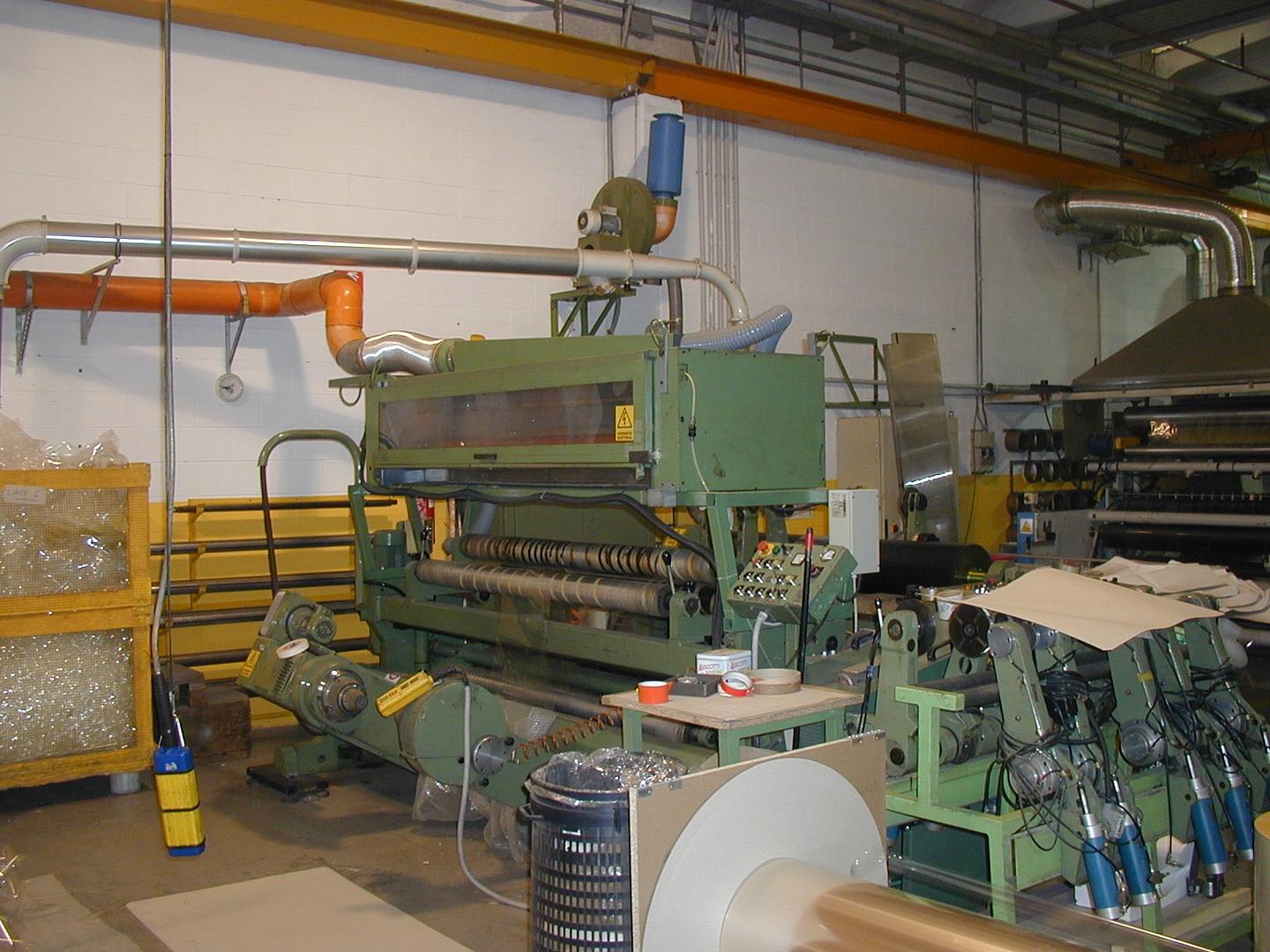In the realm of material conversion and packaging, slitter rewinders play an indispensable role. These versatile machines are crucial for the efficient processing of a variety of materials, including paper, film, foil, and nonwovens. If you're in the packaging, printing, or converting industry, understanding how slitter rewinders work and their benefits can significantly enhance your operations.
What is a Slitter Rewinder?
A slitter rewinder is a machine designed to slit large rolls of material into narrower widths and then rewind them into smaller, more manageable rolls. This process is essential for creating products that meet specific width requirements and for preparing materials for further processing or final use.
Key Components of Slitter Rewinders
Unwinding Unit: This is where the large roll of material (also known as the master roll) is loaded. The unwinding unit ensures smooth and controlled feeding of the material into the machine.
Slitting Section: Here, the material is cut into narrower strips using rotary knives or razor blades. The choice of cutting method depends on the material type and the precision required.
Rewinding Unit: After slitting, the narrower strips are wound onto individual cores to create finished rolls. This unit ensures tight and even winding, which is critical for maintaining material quality.
Types of Slitter Rewinders
Duplex Slitter Rewinders: These are designed for medium to large-scale operations and can handle a variety of materials. They are equipped with two rewind shafts that work alternately, allowing for continuous operation and higher productivity.
Turret Slitter Rewinders: Ideal for high-speed applications, these machines have multiple rewind shafts on a rotating turret. This design minimizes downtime by allowing for quick roll changes without stopping the machine.
Center Surface Slitter Rewinders: These are used for delicate or stretchable materials. They apply tension from the center of the roll, ensuring that the material is not overstretched or damaged during the process.
Benefits of Using Slitter Rewinders
Increased Efficiency: Automating the slitting and rewinding process significantly reduces manual labor and increases throughput.
Improved Product Quality: Precision slitting ensures that each roll meets exact specifications, which is crucial for downstream processes and final product quality.
Versatility: Slitter rewinders can handle a wide range of materials and are adaptable to different industries and applications.
Cost Savings: By optimizing the use of materials and reducing waste, slitter rewinders contribute to overall cost savings in production.
Applications of Slitter Rewinders
Slitter rewinders are used across various industries, including:
Packaging: For creating packaging materials like plastic wraps, foils, and paper products.
Printing: To prepare paper or film for printing presses.
Textiles: In the production of nonwoven fabrics and other textile materials.
Adhesives: For converting adhesive tapes and labels.
Conclusion
Slitter rewinders are a cornerstone of the material converting process, providing efficiency, precision, and versatility. Investing in a high-quality slitter rewinder can transform your production capabilities, leading to better product quality and significant cost savings. Whether you're new to the industry or looking to upgrade your current equipment, understanding the benefits and functions of slitter rewinders is essential for optimizing your operations.
Are you looking for a pre-owned slitter rewinder? Check the second hand machines available for sale (subject to unsold) from our customers: Slitter rewinders for sale at Mabv Machineries (mabv-machineries.com)

